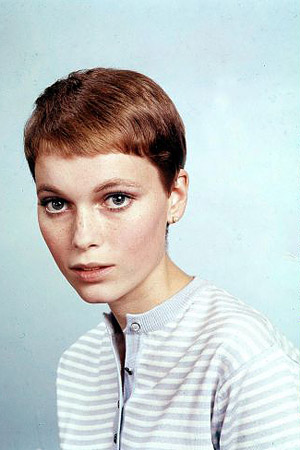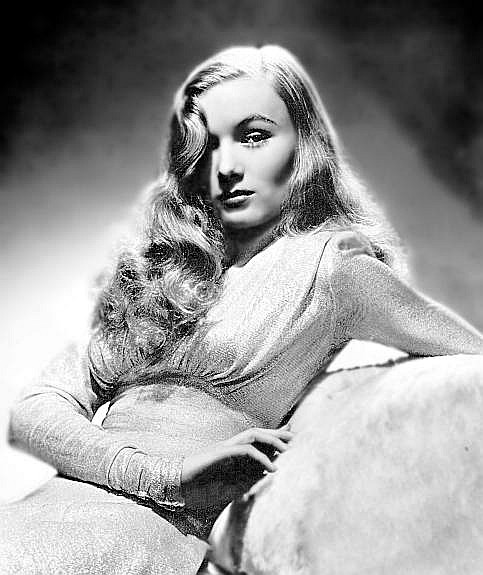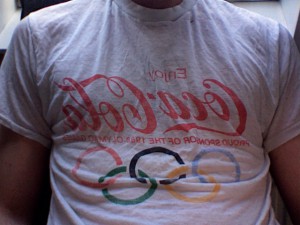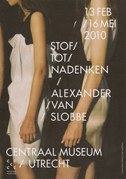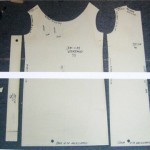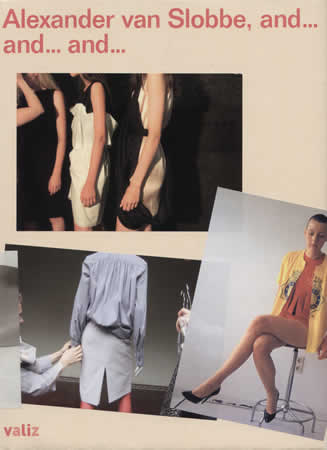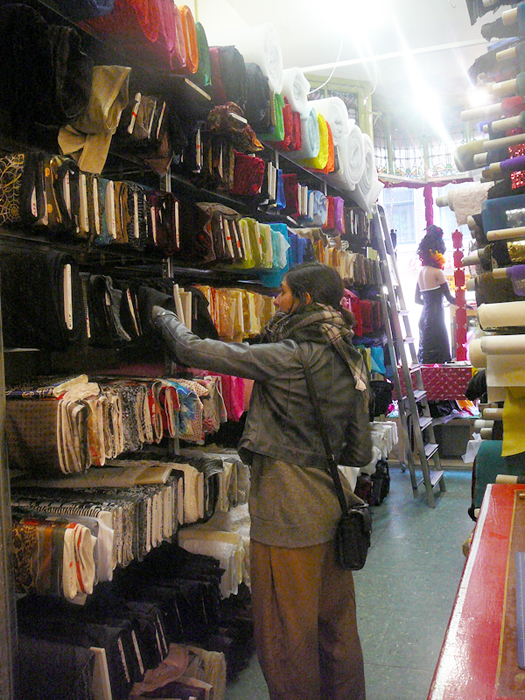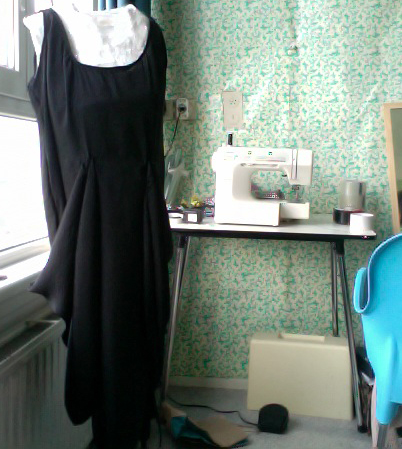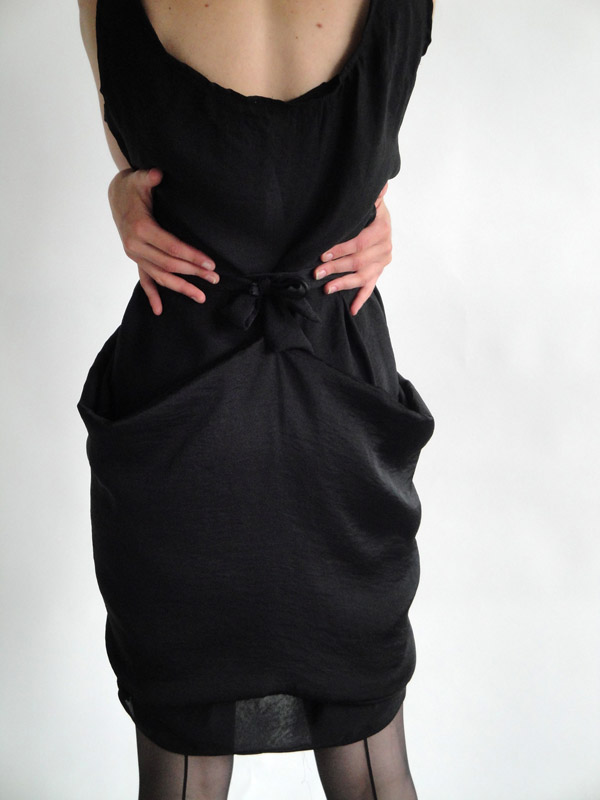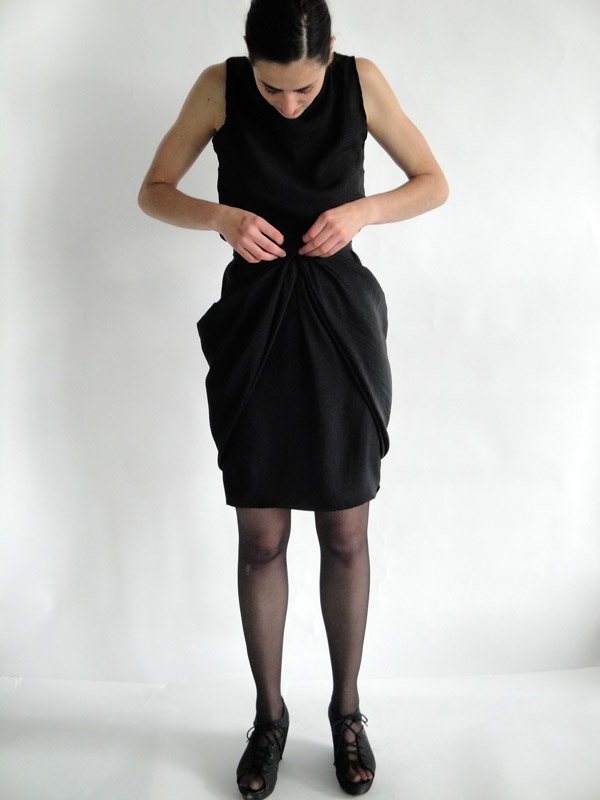Vintage
It seems as though all aspects of our past can be submerged into the nostalgia of vintage as a term and as an expression. The time element is crucial to explain why and what is actually classified as vintage. Used originally as a label of certain wines, vintage relates to specific grapes that were grown and harvested in a specified year, designating quality for some. The term becomes a symbol for exquisite taste, consequently a certain value is added, in price and demand. Vintage expanded in other areas of society during the last half of the 20th century as generations witnessed a rapid change in consumerism and global economy. Commodities lost their integrity as originality and uniqueness spiraled down the latter of mass consumption and reproduction. The spiritual value on personal items diminished as the availability in products grew homogeneous in its most pervasive forms, shaping a malady in western society of extreme objectification.
It´s in our nature of always looking back to the past, either as way to water the soil for a new growth, a renaissance, or to point at faults to validate our presence to approach the past´s consequences for a better future. Let´s face it; overproduction and excess kill our sense of relationship with objects, whereas our grandmother´s closet might be the place which survives, for nostalgic and preservable reasons. Passing items on to new generations make them less mortal, meaning they´ll survive us and the increasing waste of cheap products we acquire regularly. Vintage exclaims soul and integrity, which points to the interest of vintage in the first place. The fact that vintage designs and clothing were created in the past, it exist a time period for items to grow into vintage, meaning it develops into a vintage state, and as a result vintage is a sign of growth and of belonging to a time we retrospectively inquire to for inspiration and aspiration. An increasing need for a closer relationship with our daily life suits this pursuit. The need for quality and uniqueness in products goes hand in hand with our need of being unique individuals. By acquiring vintage products, we are reflecting ourselves through a language of uniqueness as expression in the products. We feel more unique if we own unique items.
We´re constantly designing our life as availability and income supports a selective way of living. With vintage, one can classify or rather differentiate certain objects or designs from the rest of society´s mainstream market. It creates a distinction. Or one rather attains this distinctive aspect of separating oneself from the majority. Vintage is also associated with lifestyle, one add an extra element to your life. We embark upon a journey of image orientation, meaning we re-create or re-enact an image connected to the past. James Dean like lifestyle. The Beat generation´s poets influence on the intellectual youth, adding a specific trademark dress code; think hipster fashion without neon colors, a pre-8o´s hipster, relating to Allan Ginsberg and his contemporaries way of living and looking. RayBan´s Wayfarer for example were born before Tom Cruise saw his own reflection in them from Hollywood’s on-set film camera lenses in the 80´s. Hollywood and mainstream fashion have a tendency to pick up old codes for a new generation to re-mold into their own. Consequently, vintage design and clothing stores are today located in hip areas in big cities. An urban phenomena one could add, that merges our past with the present. It´s a business of its own, based on individual items, may it be garments from specific designer houses from the previous decades in the 20th century, 1920´s up til the 80´s. Or it be re-productions and copies of vintage design for nicer price tags. The vintage “look” can be acquired by anyone, yet the true vintage items, the high-value and unique ones are restrained to people who collects or can afford to buy the extra aura.
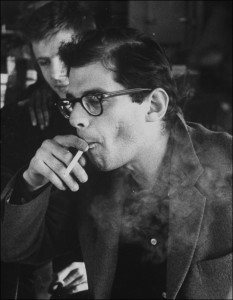
The myth of the culture heroes; Mia Farrow and Veronica Lake´s hair-do and Beatnic Allan Ginsberg´s thick frames and rolled up pants. They represent an image or a lifestyle, molded into present day trends, making vintage a part of us- transformed from ideals and nostalgic decades, a sign of our present day mythmaking and longing for the past.
In 1995 James bought a t-shirt from the Coca Cola 1988 Olympics. James feels that if something is genuinely vintage and personal, like our t-shirts, then it’s OK. We have grown old with them.
Vintage Apparal
With Vintage, one can classify or rather differentiate certain objects or designs from the rest of society´s mainstream market. It creates a distinction.
Vintage can be divided into several subdivisions, here are two of them
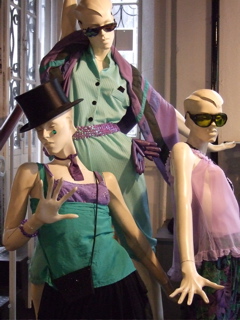
Vintage stores in amsterdam:
Vintage — ironic hipster
the largest and most consumed division. these stores are mostly found in smaller shopping area’s where they attract a younger crowd of students and twentiesomethings. The stores are mostly overpacked with items, and decoration is often vintage related. The clothing tends to be a parody of past trends and iconic clothing items. people pair shirts with wolf prints and eighties addidas jackets. This whole movement has sparked highstreet retailers like H&M to actually copy the vintage and vintage look into their apparel to also attract this costumer. Whats apparent that within this segment its not about the authenticity of vintage but more about the aesthetics of it.
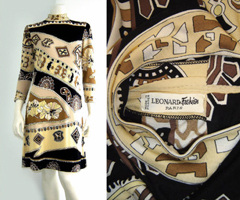
Vintage — Labels
Here mostly collectors and fashion enthusiasts are active, the strive to collect the most coveted pieces and do research on them, aside from the collectable quality, these people are also interested in the make of the garment, because many of these garments are made in ways that are not utilized anymore due to expensive labour. Stores like these can be found in smaller shopping area’s in the higher segment, many of the store owners are collectors of vintage themselves and seek to curate their selection presented in the store. Many of these stores carry also vintage bags and other accessories like jewelry. Clients vary from young fashionistas to old ladies. Also interesting to add is that many fashion designers scour these stores in search for items that they can incorporate into their own collection, many vintage items get copied and recycled into the current fashion landscape.
Ebay Vintage > FerryVintage
Movie > intersection: Manhatten Vintage
Fashion brands using vintage for their collection as inspiration and copies.

Maison Martin Margiela — ‘Replica’
Margiela scours vintage markets and stores to find items that can be directly copied into the house’s aesthetic. A label is included in the garment or shoe that this item is a replica. Additional info about where its found and material is also found in the label.
Other big brands
Several big brands employ research teams to find pieces as inspiration for their upcoming collections. In addition to vintage found outside they also use their own archives to draw inspiration from and reuse their old designs in new contexts.
TedTalk > Johanna Blakely
post by Marie Louise Jacobs — David Kulen
